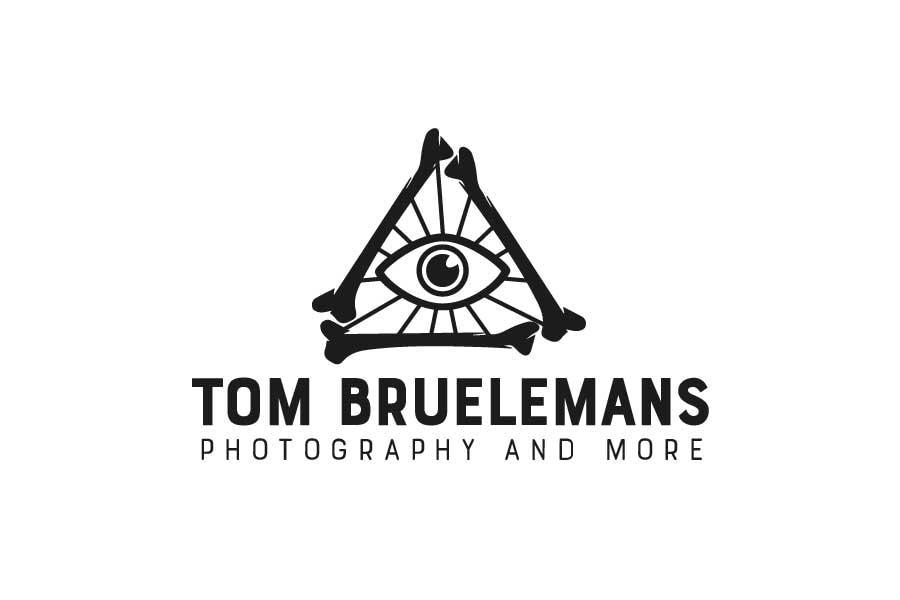|
The Beaumont-Hamel Newfoundland Memorial Before endeavours fadeI remember buying the book “Before Endeavours Fade” (by Rose E.B. Coombs) 20 years ago, looking at the pictures of the Beaumont-Hamel battlefield, reading about the tragic story of the Newfoundland Regiment on that 1st day of the battle of the Somme. It left a deep impression on me, and I always wanted to visit this place. You can read a thousand books on what it was like back then: as they climbed out of their trenches, walking towards the enemy, hoping to survive the bullets and shells. For me it was easy. I came, looked around for a while and left. But for many men this was the last place on earth where they walked on. Remember them when you visit this place. Read the names out loud on the graves and memorials and know that the soil you walk on is the last resting place of many soldier who fought here.
Just in front of the statue of the caribou was the British frontline, with the support trench and St John’s road right behind it. Their goal was to attack Y-ravine, where the German positions had shelters and fortifications. These trenches were part of the German first line, and stretched out before Y-ravine. They were ruined by the artillery during the days before the battle, but gave enough coverage to the Germans in order to stop the attack of the Newfoundlanders. This is the location of Y-ravine: the home of the German 119 Reserve Infantry Regiment, who were defending Beaumont-Hamel. The infantry, with soldiers having a mining background, made deep dugouts and fortifications into the side of the deep Y-shaped ravine. They sheltered and protected the German soldiers during the bombardments before the attack. Map of the Beaumont-Hamel battlefield (Source: www.rnfldr.ca - Dr. W. David Parsons, Pilgrimage) Zero hour: from bravery to tragedyIn the morning of the 1st of July, a massive artillery attack was launched, which lasted for an hour. Once the artillery stopped, the first wave of soldiers went over the top. Their attack failed as it was answered with intensive German machine-gun fire and bursting shells. The second wave was also struck down with the same disastrous results. The Newfoundlanders were still in support in its trenches. The Brigade HQ, who wasn’t aware of the exact circumstances, saw a white flare on the Division’s right. This was the Allied signal to indicate the capture of the first objective. As their commander wanted to reinforce the (assumed) gained objectives, he sent in the Newfoundlanders. Due to circumstances there wasn't any support of other regiments or artillery. What the Brigade HQ didn’t know was that the Germans used the exact same signal to indicate that their own artillery was falling short. From the minute that the Newfoundlanders left the trenches, they were easy targets to the Germans who saw their silhouettes lined out against the sky. Some of them were mowed down before even leaving their own front line, where the bodies and wounded of the earlier attacks blocked their passage. The furthest point of advance was a few hundred yards down no man’s land, near the Danger Tree. At the end of the battle 233 Newfoundlanders were killed and another 386 wounded, which represented 85% of their total strength. 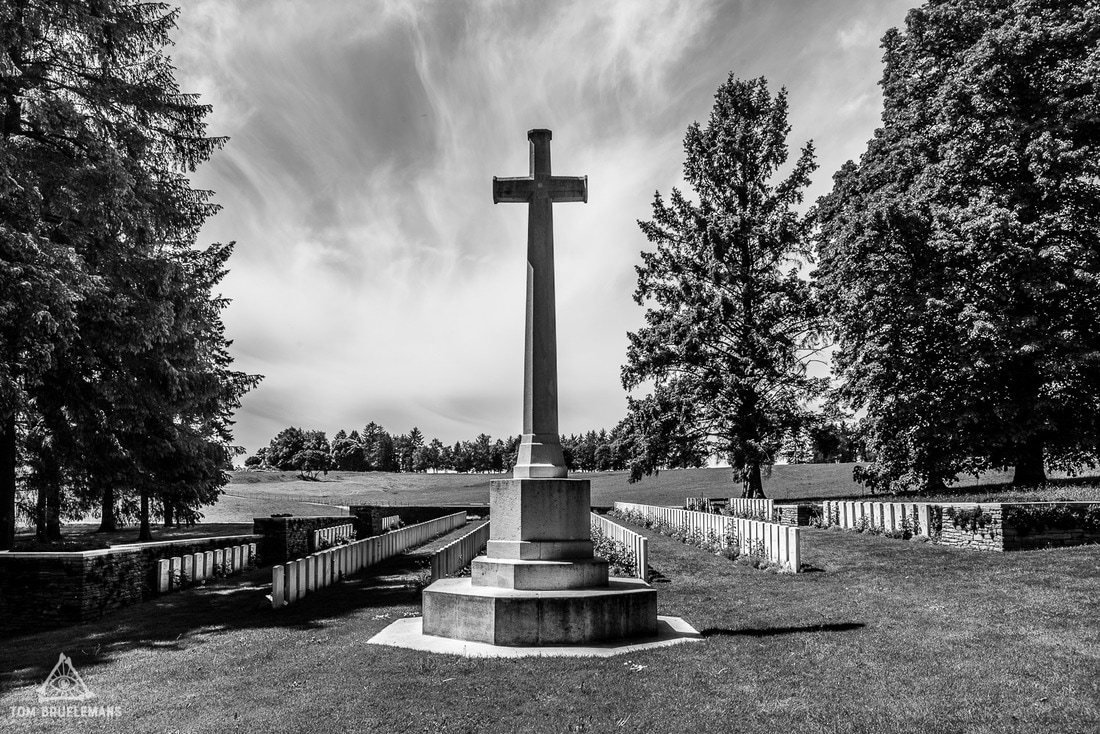 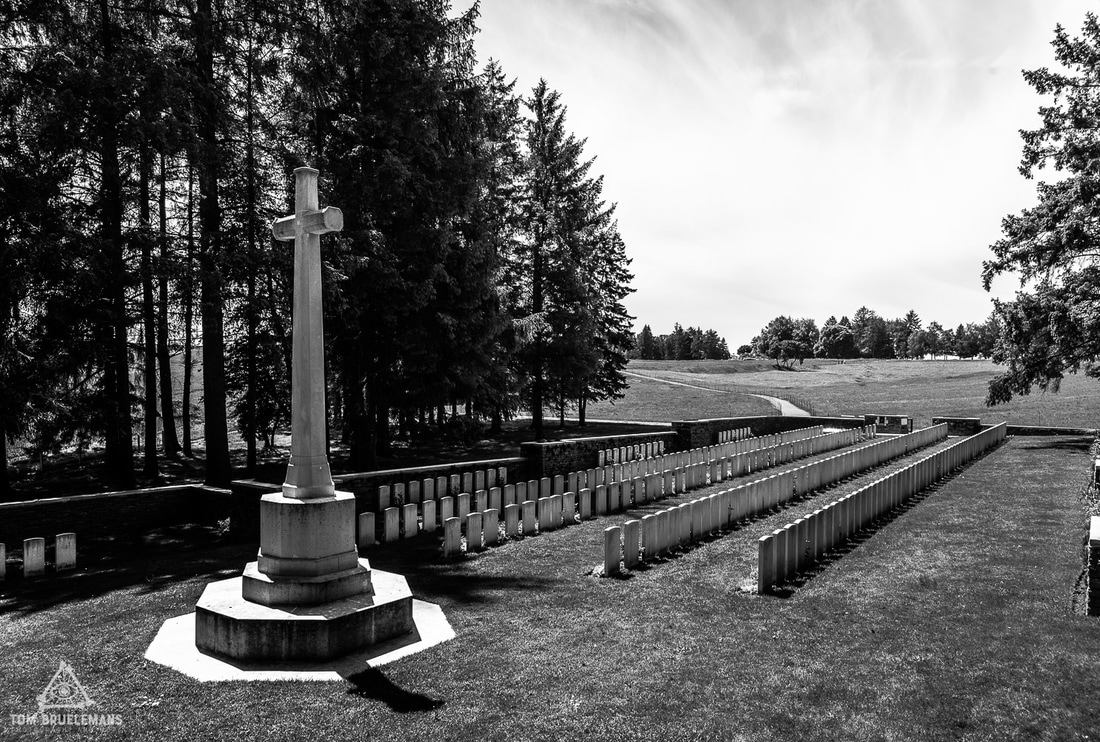 Y-ravine cemetery was made in the spring of 1917 by the V Corps, when the old battlefields were cleared. There are now over 400 soldiers commemorated in this site. Of these, over a third are unidentified. Special memorials are erected to 53 soldiers - of which 8 from Newfoundland, known or believed to be buried among them. Lest we forgetPrivate Warford is one of the Newfoundlanders killed on July the 1st 1916. He was reported missing that same day and assumed killed in action afterwards. He is buried with another soldier, unfortunately unknown. Sometimes exhumation and clearing parties were confronted with the fact that corpses were actually grown into each other, making it difficult to separate them. Maybe this was also the fact with Private Warford and his unknown friend. I hope they had a quick and clean death and that they didn’t suffer much.
Join us in remembering the men who fought and diedThe first day of the battle of the Somme was the deadliest day in British military history. Of the 57.470 casualties, 19.240 men had been killed. Join us in remembering the men who fought and died. Please reply and let us know if you have any relatives who fought during the battle of the Somme. Thank you for sharing our blogpost! Sources Pilgrimage (Dr. W. David Parsons) Beaumont Hamel (Nigel cave) Before endeavours fade (Rose E.B.Coombs) The battle of the Somme 1916 (Koen Koch) Walking the Somme (Paul Reed) www.cwgc.org http://www.rnfldr.ca http://www.heritage.nf.ca/first-world-war/articles/beaumont-hamel-en.php https://www.therooms.ca/sites/default/files/sommediedinserviceerratamorgan865.pdf https://livesofthefirstworldwar.org/lifestory/3122035
Source: https://en.wikipedia.org/wiki/Battle_of_the_Somme (map edited)
1 Comment
|
Battlefield PhotographyVisiting the former battlefields for the last 20 years, Tom was always attracted to the stories behind them and the men who fought and died there. He decided to combine his love for war history with the other things he likes, such as photography and writing. Together with his wife Sarah he founded "Battlefield Photography".
Your subscription could not be saved. Please try again.
Your subscription has been successful. Please check your email and confirm your email address so we know that you are human :) This protects us from spam!
AboutTom Bruelemans
Author Photographer History addict Left side of the bed Sarah Eelen
Editor Designer Travel Mate Right side of the bed Recent PostsLest We Forget
George Theodore Snelling William Edward Hipkiss Sydney Edmund Ellis George Phillips John Edwin Greenwood MacCulloch and Edwards Poetry
The Somme Archives
February 2018
Categories
All
Unless otherwise indicated, this website and all images within this site are the property of Tom Bruelemans Photography.
|
|
BASED IN BELGIUM
STEENWEG OP ASSE 99A | 1785 MERCHTEM CONTACT TOM BRUELEMANS GSM +32 499 800 561 [email protected] |
COPYRIGHT © 2020 TOM BRUELEMANS PHOTOGRAPHY & MORE
BTW BE0598848108 | IBAN BE71 1030 3796 5969 | BIC NICA BE BB
Unless otherwise indicated, this website and all images and text within this site are the property of Tom Bruelemans Photography. They are protected by copyright and other intellectual property laws.
- You may share content from our website for personal and non-commercial use, or for non-commercial education or information purposes only. Please cite this website (www.battlefieldphotography.be) as the source and credit Tom Bruelemans.
- Commercial use and distribution of images of the website is not allowed without express and prior written consent of the author.
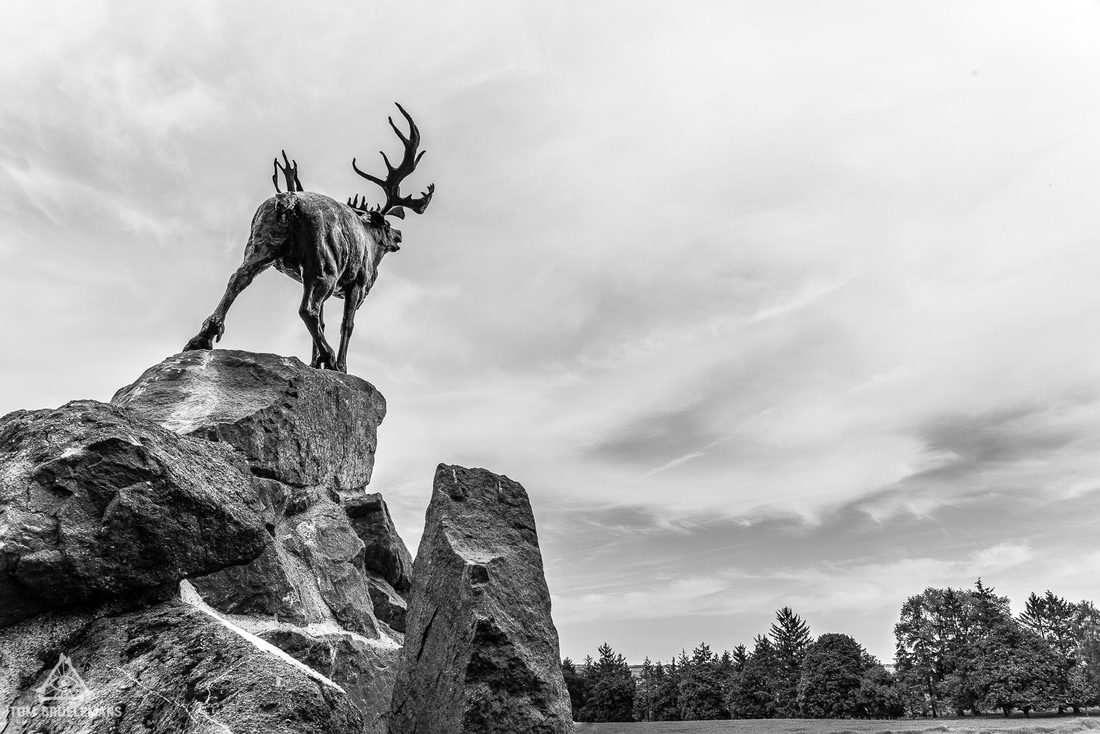
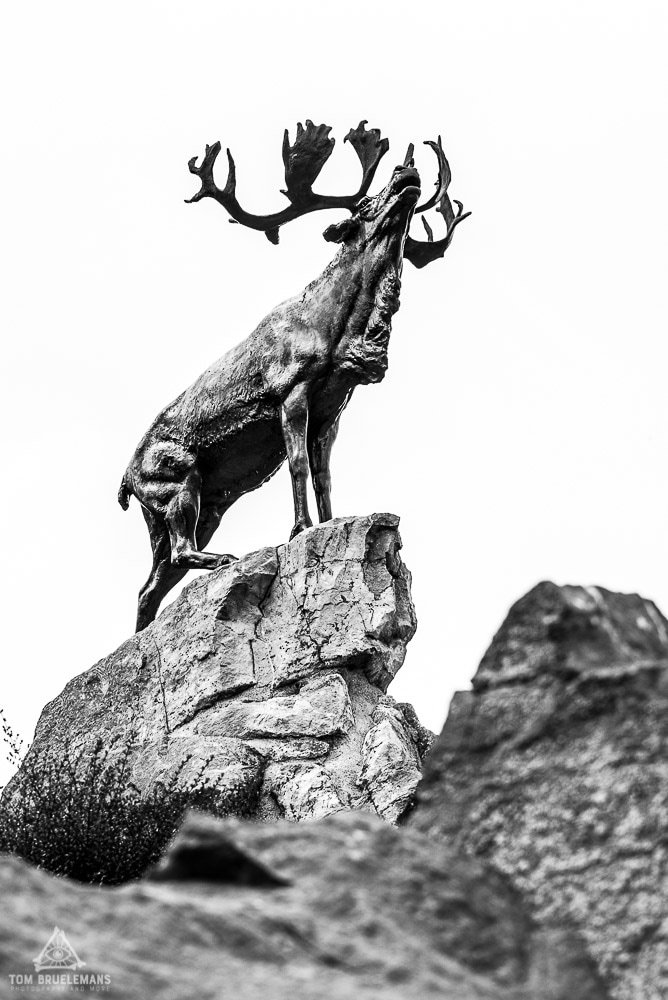
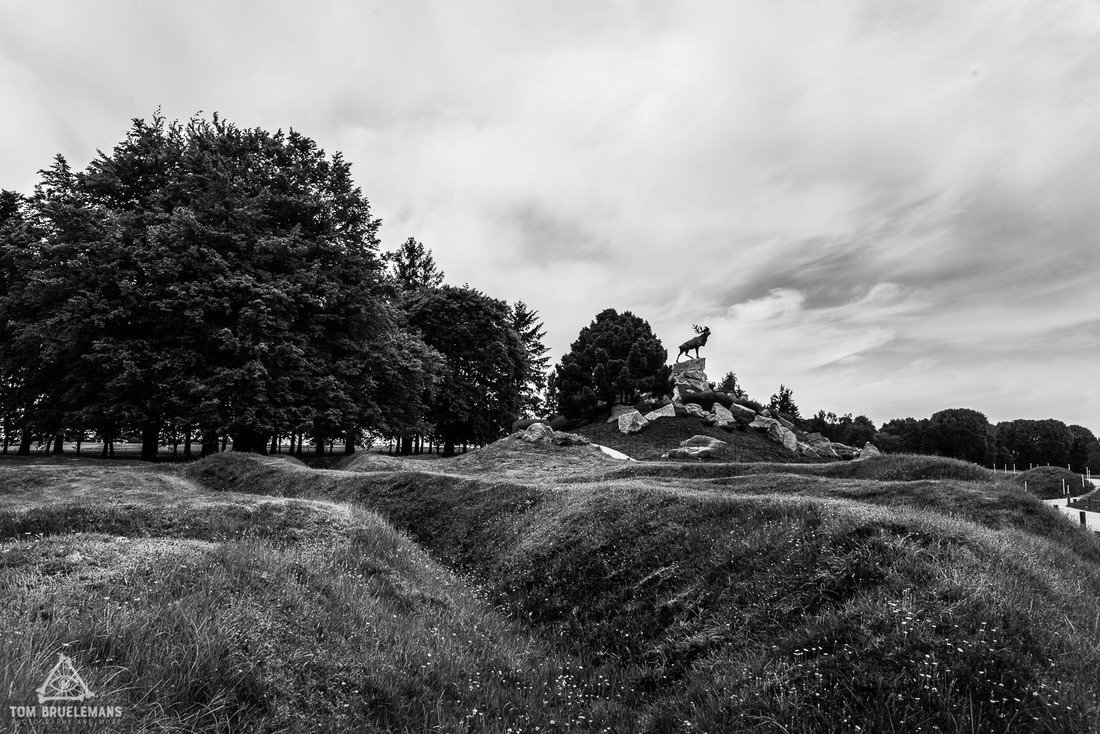
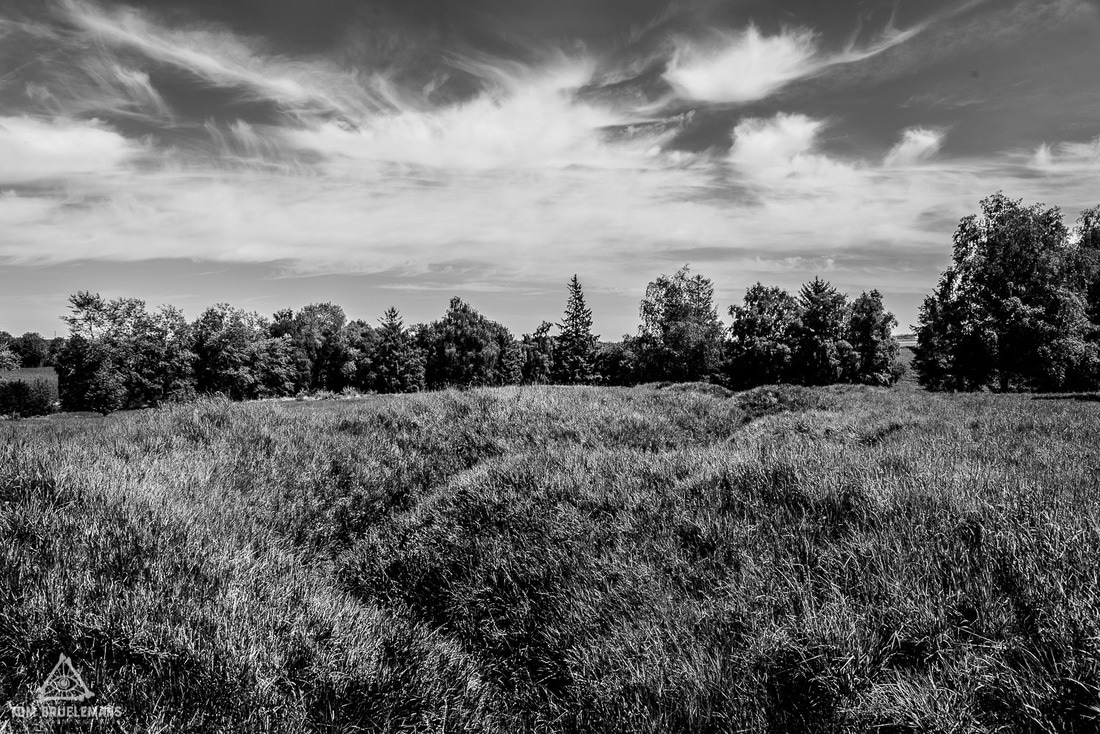
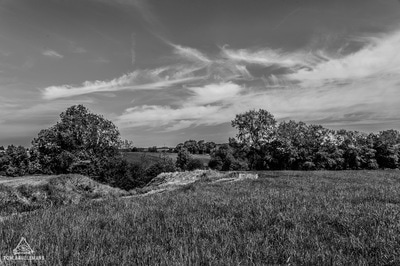
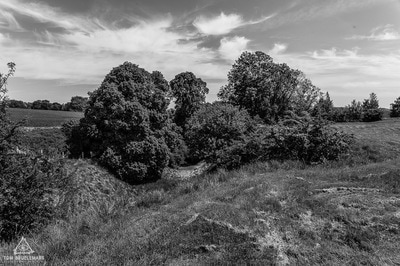
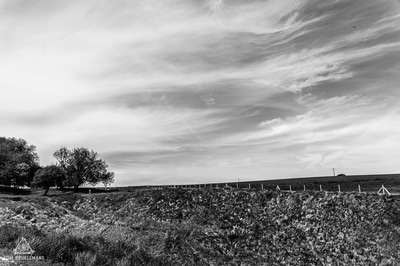
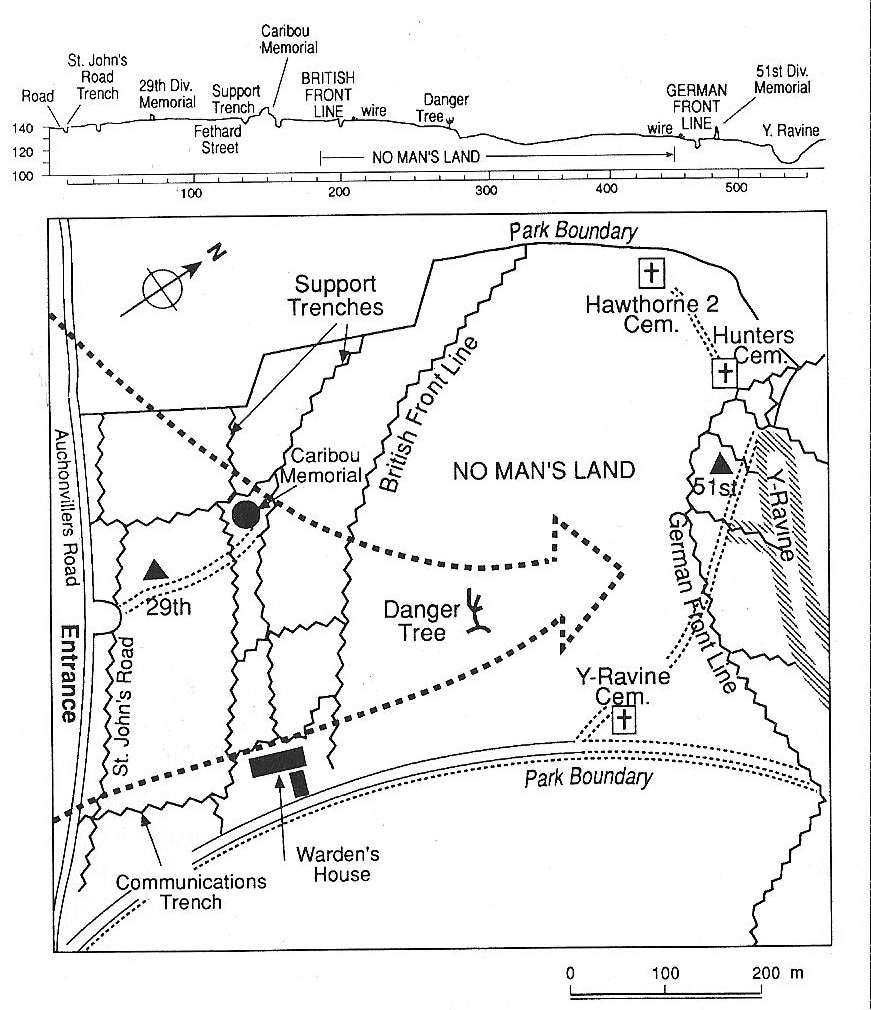
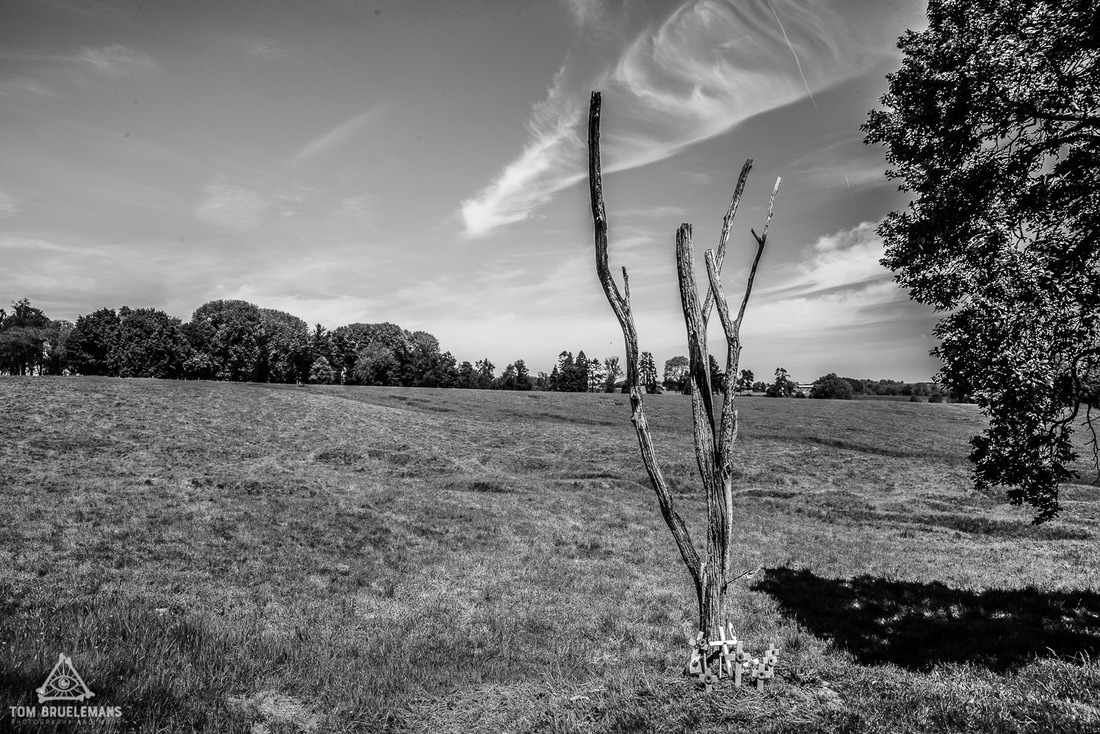
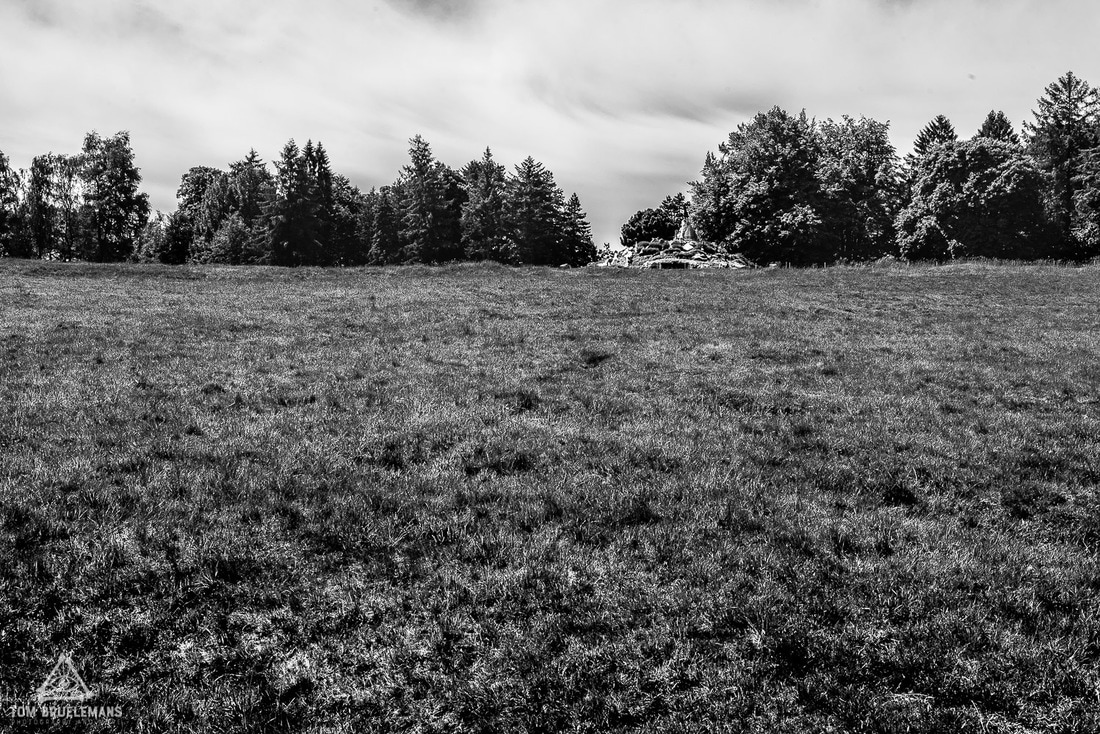
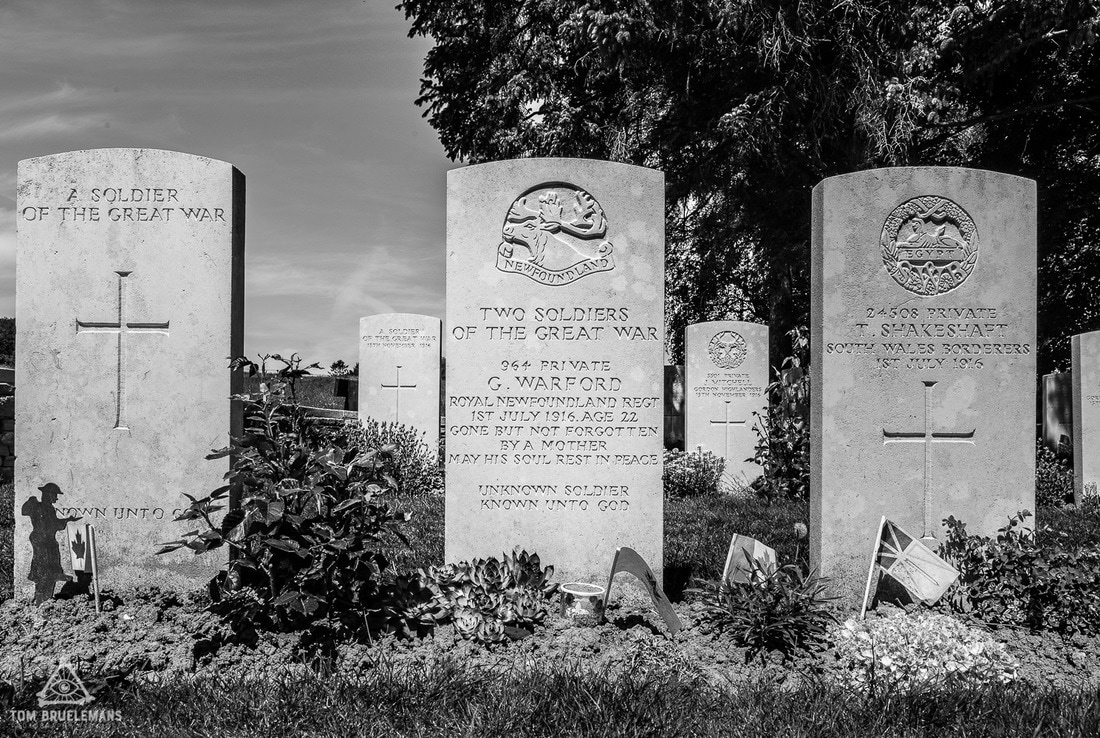
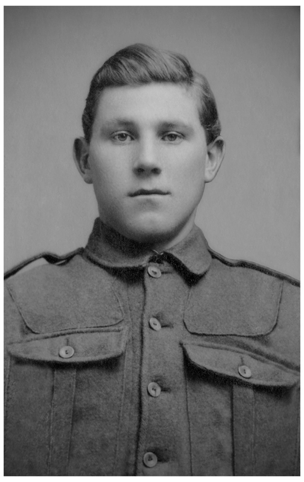
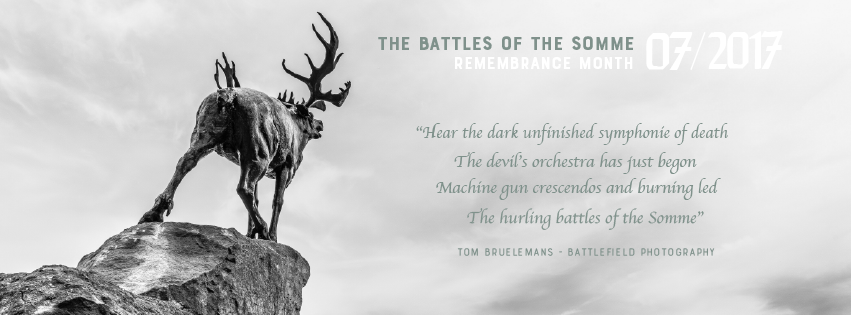
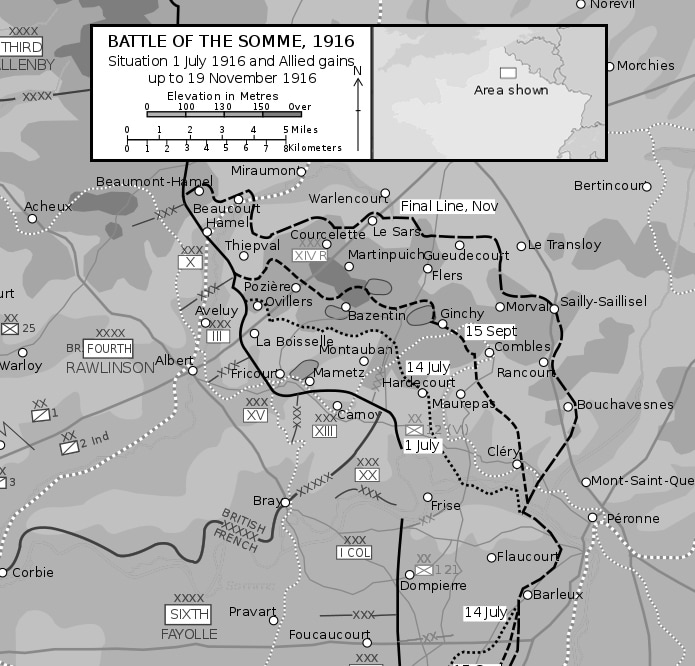
 RSS Feed
RSS Feed
